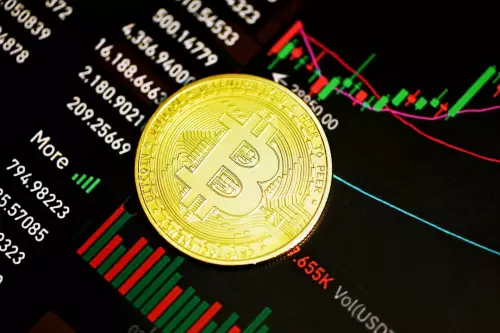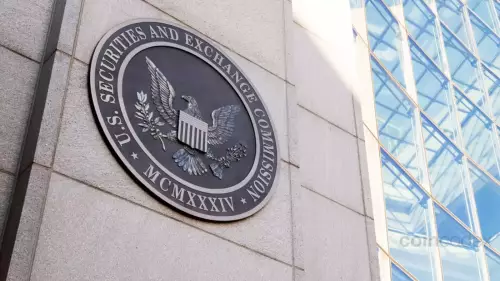Circle's exploration of transaction reversibility in USDC sparks debate: Is it a step towards mainstream finance or a betrayal of crypto's core principles?

Circle, USDC, and Reversibility: A New York Minute on Crypto's Shifting Sands
The crypto world is buzzing about Circle, the issuer of USDC, flirting with the idea of 'reversible transactions.' Sounds wild, right? Let's dive into what this means and why it's causing such a stir.
The Reversibility Revelation
So, Circle is considering a feature that would allow transactions to be reversed in certain cases, like fraud or hacking. Circle president Heath Tarbert mentioned the company is examining mechanisms that could allow transactions to be rolled back, while still maintaining settlement finality.
Why the Fuss? Crypto Ethos vs. TradFi Appeal
For crypto purists, this is like putting pineapple on pizza – a total violation. The core principle of blockchain is immutability: once a transaction is done, it's set in stone. But Circle argues that this feature could make stablecoins more appealing to mainstream finance (TradFi) and institutions. Think about it: banks are used to having ways to handle fraud, and this could lower the barrier for them to get into crypto.
Bitcoin's Value Prop: Amplified?
Here's a spicy take: some believe Circle's move could actually boost Bitcoin's appeal. Ben Caselin from VALR points out that stablecoin issuers already have the power to freeze assets. Adding reversibility to USDC might just solidify Bitcoin's role as the ultimate censorship-resistant asset, a haven from fiscal overreach.
The Institutional Angle
Andrei Grachev from DWF Labs gets it. Reversibility provides a pathway for institutional safeguards, but it does come at the cost of traditional blockchain finality. It's like adding a governance layer that can intervene after the fact. But for stablecoins aiming for mainstream adoption, it's about credibility, not necessarily immutability.
Confidentiality: A Legal Must-Have
Circle's also exploring a confidentiality layer to protect transaction amounts. This isn't just about privacy; it's a legal requirement for some institutions. Think selective disclosure: institutions want control over who sees what, and regulators need assurance that transparency exists when needed. It's a delicate balance.
Yield-Sharing: The Next Frontier?
While we're talking finance, let's not forget the yield-sharing debate. Right now, companies like Tether and Circle are raking in the profits from U.S. Treasuries backing their stablecoins. But platforms like M^0 and Agora want to change that, routing yield directly to users. It's a more equitable model, but it also comes with potential regulatory headaches.
Final Thoughts: A Balancing Act
Circle's exploration of reversibility is a classic example of crypto trying to balance its core principles with the demands of the mainstream. It's a complex issue with no easy answers. Will it pay off? Only time will tell. But one thing's for sure: the crypto landscape is constantly evolving, and it's never a dull moment. Keep your eyes peeled, folks!
Disclaimer:info@kdj.com
The information provided is not trading advice. kdj.com does not assume any responsibility for any investments made based on the information provided in this article. Cryptocurrencies are highly volatile and it is highly recommended that you invest with caution after thorough research!
If you believe that the content used on this website infringes your copyright, please contact us immediately (info@kdj.com) and we will delete it promptly.














































































